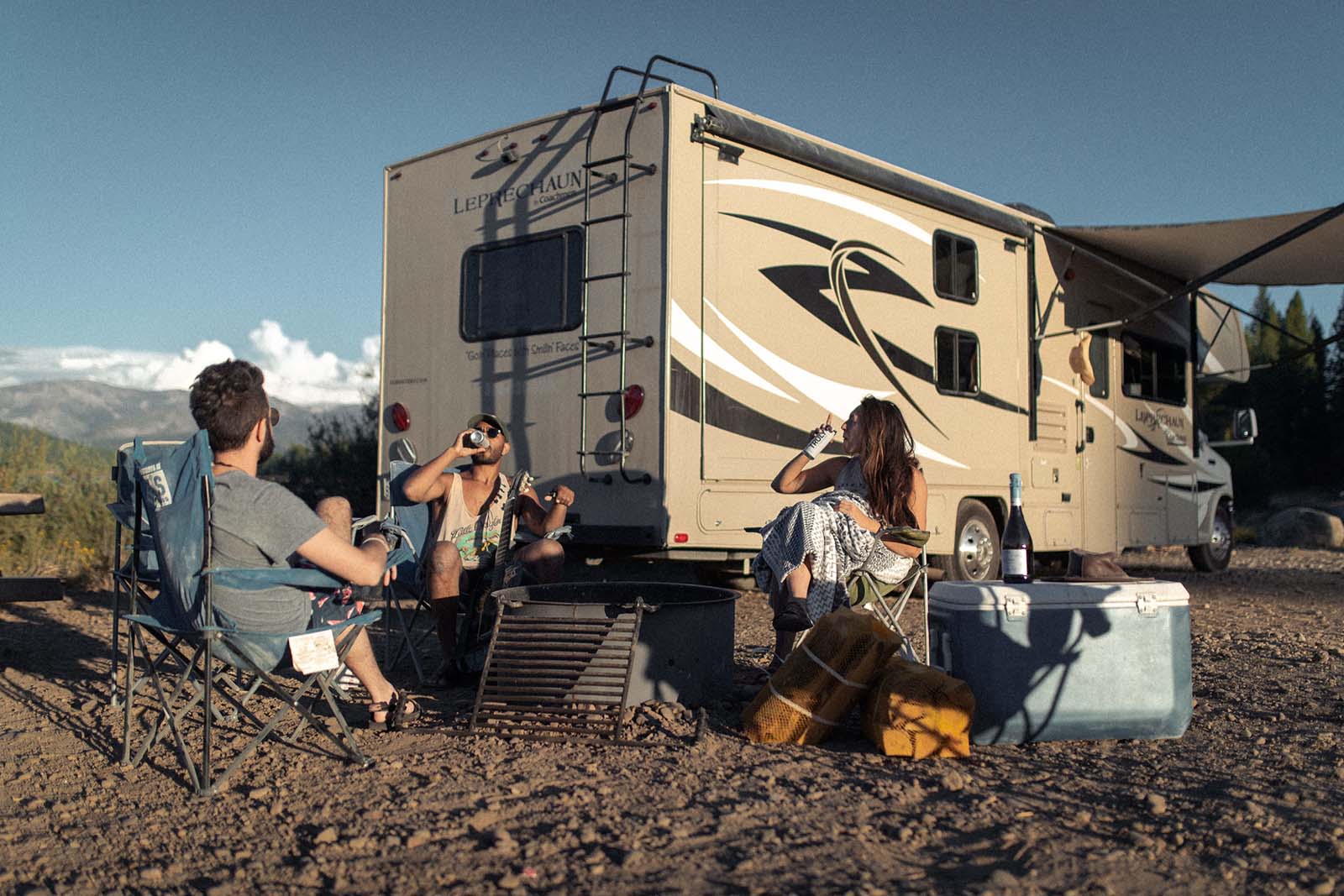All RV batteries, except for maintenance-free batteries, require regular watering to ensure optimal performance and longevity. Water is essential for maintaining the proper electrolyte level inside the battery cells. Let’s delve deeper into the importance of watering RV batteries and the steps involved in the process.

H2: Why is watering an RV battery important? Proper watering is crucial for the efficient operation of a lead-acid battery, such as those commonly used in RVs. Neglecting to water the battery can lead to decreased battery life and performance. Watering ensures that the electrolyte fluid inside the battery cells remains at the recommended level, preventing damage to the battery plates and facilitating the chemical reactions that generate electricity. Therefore, regular watering is essential for maximizing the lifespan and functionality of an RV battery.
H2: How often should you check and water your RV battery? The frequency of battery watering depends on several factors, such as usage, temperature, and the type of battery installed in your RV. As a general rule, it is advisable to check the battery water level every one to three months, or before any long trips. Additionally, it’s crucial to inspect the batteries more frequently during periods of high usage or extreme temperature conditions. Regular monitoring allows you to identify any potential issues and take necessary action promptly.
H2: Essential steps for watering an RV battery 1. Safety first: Before starting the watering process, make sure to wear protective gloves and goggles to shield yourself from any accidental spills or splashes. It’s also important to disconnect all electrical connections and turn off the RV’s power supply. 2. Battery inspection: Check the battery terminals for any signs of corrosion or damage. Clean them if necessary, using a mixture of baking soda and water. Rinse with clean water after cleaning. 3. Removing the caps: Carefully remove the caps on the battery cells, which are typically located on the top of the battery. Use a screwdriver to gently pry them off, taking care not to damage the battery or yourself. 4. Checking the water level: Look inside each cell for the electrolyte fluid level. Ideally, the fluid should cover the battery plates completely, with about 1/4 to 1/2 inch of space between the top of the fluid and the cell cap. If the fluid level is low, it needs to be topped up. 5. Adding distilled water: Use a funnel and pour distilled water into each cell until the recommended level is reached. Avoid overfilling or underfilling the cells. After adding water, let it sit for a few minutes to allow any air bubbles to escape. Finally, reinstall the cell caps securely.

H3: Checking the health of your RV battery H3: Signs of low electrolyte level in RV batteries H3: The impact of temperature on RV battery watering H3: Choosing the right type of water for RV battery maintenance H3: Benefits of using a battery watering system in an RV

